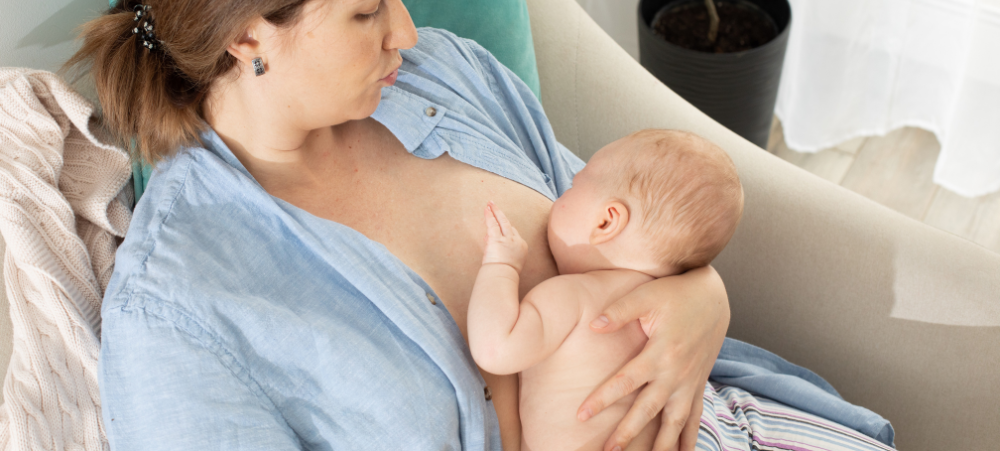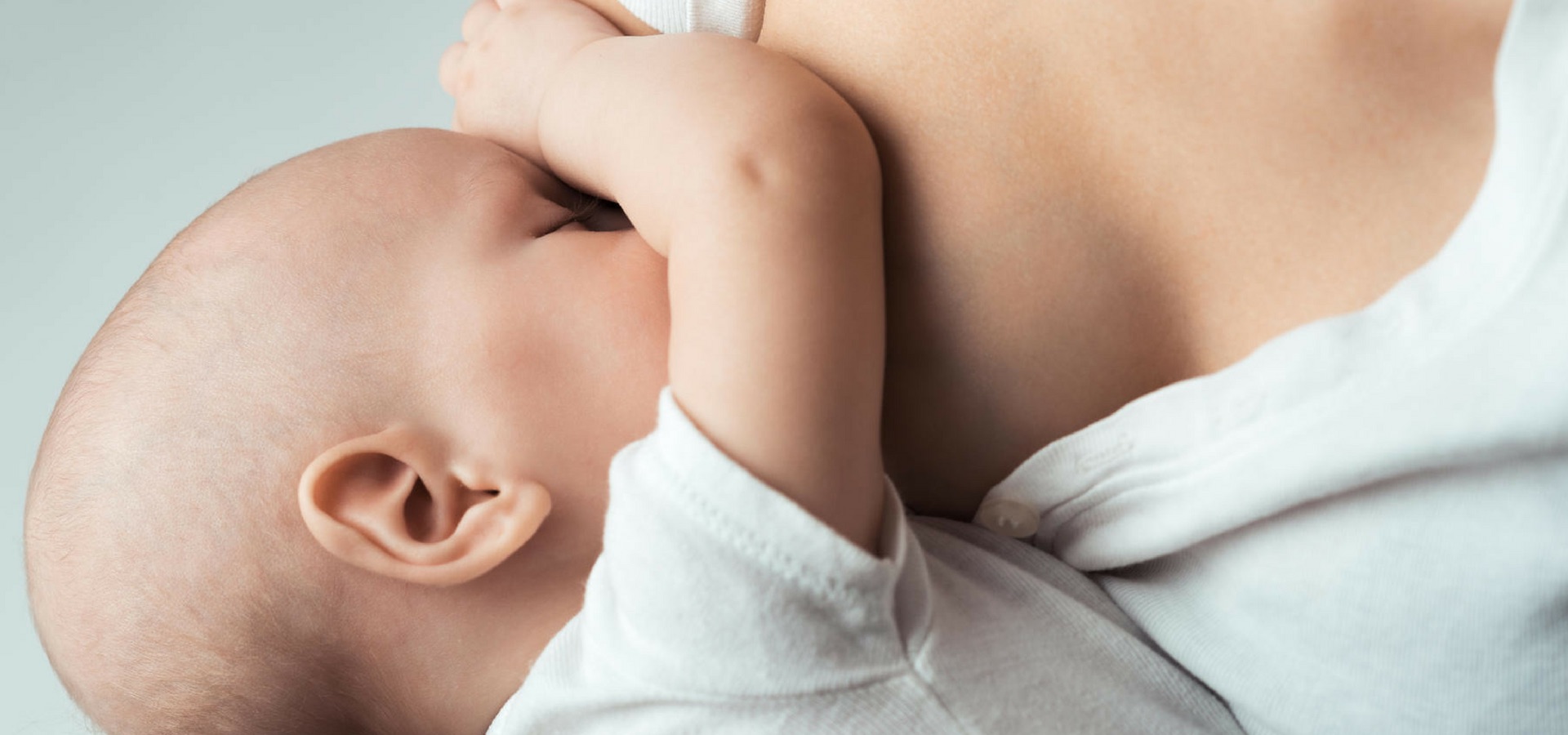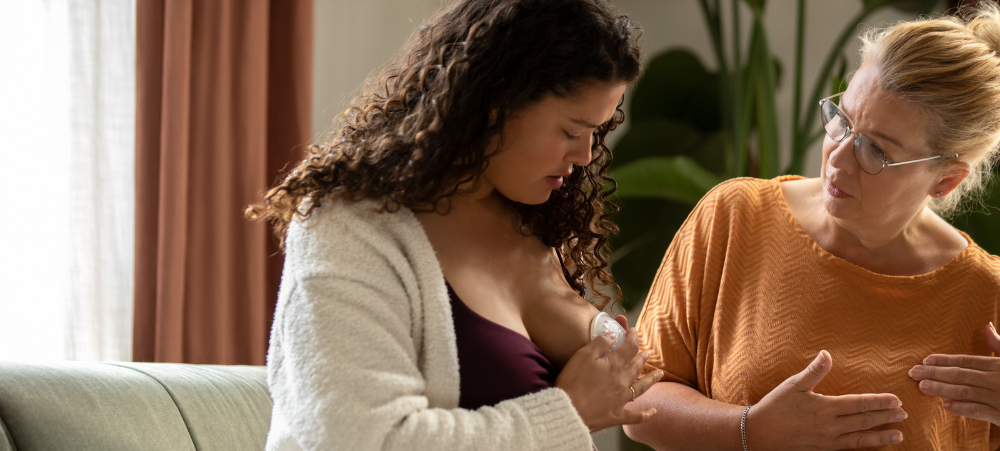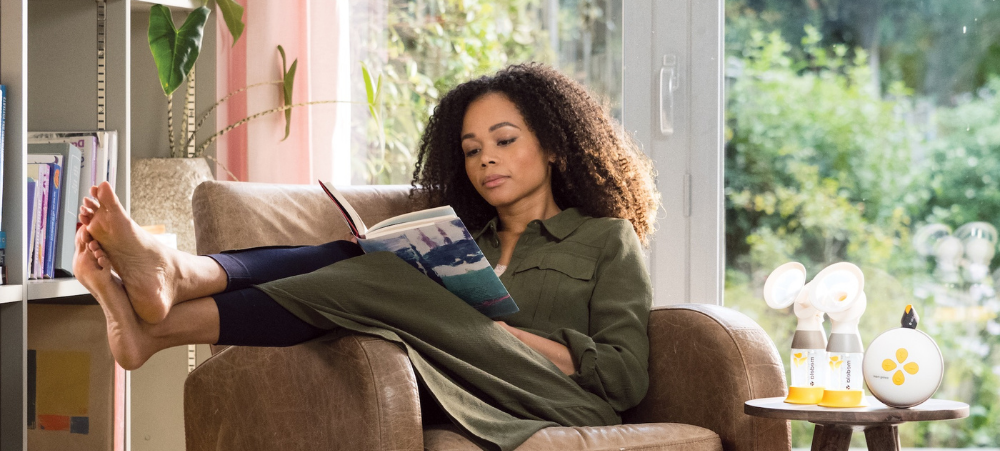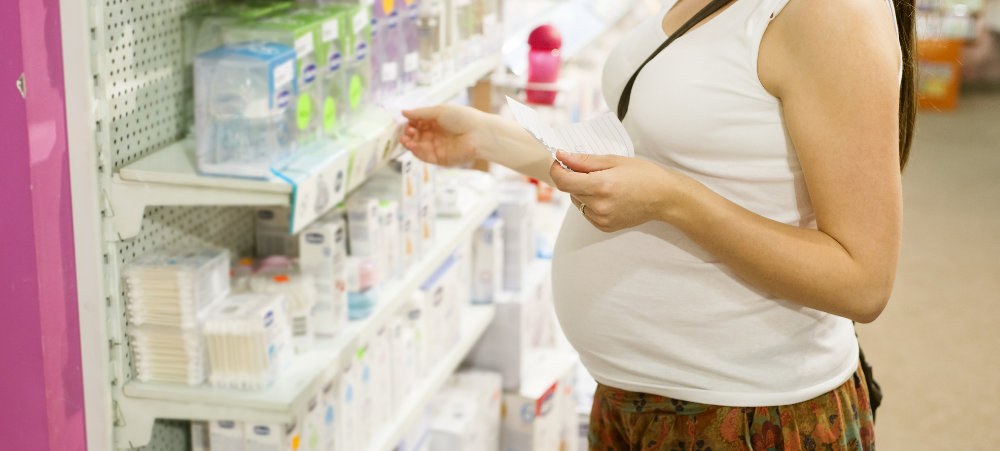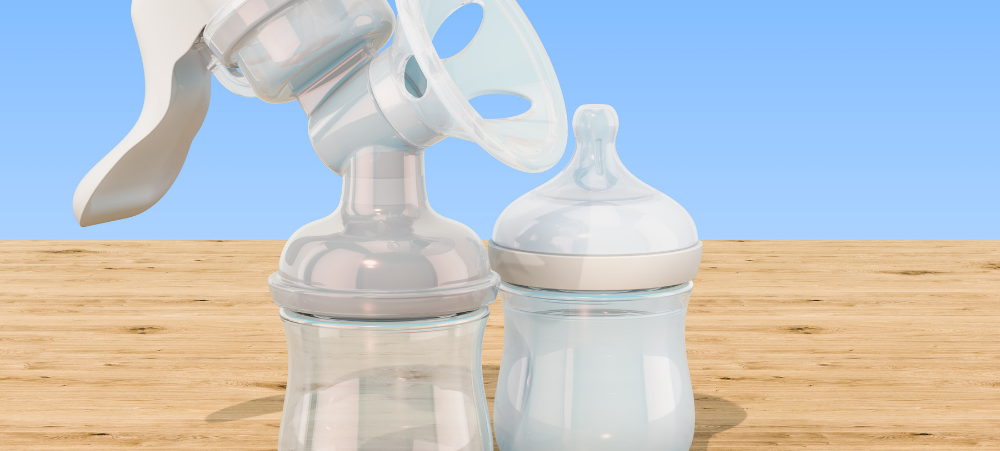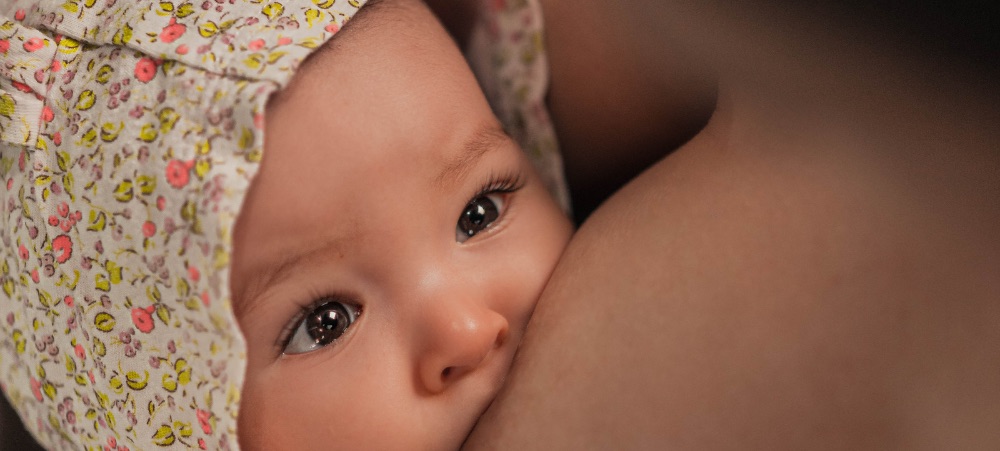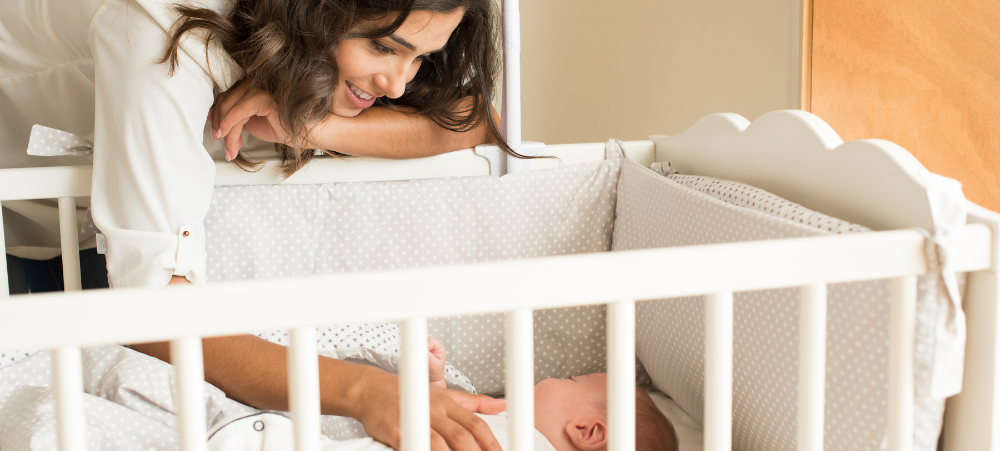
Medela Introduces Category Expansion with New Baby Care Product Lines Developed with Experts called Medela Baby
Medela, the world’s leading breastfeeding advocate and partner for mother’s milk, is excited to announce the launch of Medela Baby in South Africa. Medela baby includes a range of pacifiers for infants through to 18 months. This category expansion combines Medela’s 60 years of expertise in breastfeeding and 30 years of scientific research on the natural suckling behaviour of breastfed babies with the decades of experience in silicone manufacturing excellence of Bibi, based in Switzerland and acquired by Medela in 2019. Medela infused its years of knowledge on infant suckling behaviour with experts in silicone manufacturing to create an exclusive pacifier portfolio designed according to the highest standards in safety and quality while delivering a soft, lightweight, gentle-on-skin feel. A pacifier, when used responsibly, can be complementary to the infant’s well-being.1-2 Developed in cooperation with midwives, dentists, speech therapists, lactation experts, and an ergonomist, the Medela Baby portfolio features a collection of newborn to toddler pacifiers in the optimal size, form, weight, and characteristics for the ideal tongue, lip, and jaw movement.3-4 The pacifiers feature Medela Baby’s exclusive SensoPearls™ for a gentle-on-skin feel and enhanced airflow, a symmetrical teat with a thin neck and reduced teat volume for healthy gum and jaw development,3-4 with a light and ergonomic shield to fit the contour of baby’s face.5-6 The Medela Baby Collection offers three styles of pacifiers to South Africa: Original (R305.99), the perfect all-around dummy that comes in cute and trendy designs. It’s designed with gentle-on-skin SensoPearls™ and offers a symmetrical teat for easy acceptance. This lightweight and orthodontic pacifier supports healthy speech and gum development and fits the contour of your baby’s nose and chin to allow easy breathing. Available in 2 sizes (0-6 months and 6-18 months). Soft Silicone (R315.99) supports natural suckling with a one-piece super soft, lightweight, and flexible design. Inspired by Medela’s Contact Nipple Shield, it is shaped to fit under the nose to not interfere with breathing and smell the comforting scent of the mother. This perfect everyday pacifier is available in 2 sizes (0-6 months and 6-18 months) and in a variety of colours (clear, pink, and blue). Benefits include: 24% lighter than the leading competition Newly developed pacifier with a softer & more flexible teat due to a thinner wall Designed to feel gentle on the skin with SensoPearls™ that enhances the airflow on the skin, n. one concern for mums* Ergonomic design under the nose to not interfere with breathing and to facilitate smelling mum’s scent – inspired by our knowledge of contact nipple shields Swiss quality, premium quality & high industry standards One-piece soft, lightweight silicone – flexible & transparent and cute panda design Day & Night 24-hour 2-piece set (R299.99) includes an Original and Night pacifier that glows in the dark. The set is offered in 2 sizes: 0-6 months and 6-18 months. A study shows that this pacifier was accepted by 9 out of 10 babies.7 The perfect 24h set with two great benefits combined. The day pacifier features a ring to fix with a pacifier holder during the day, and the night pacifier with a glow-in-the-dark knob, allowing mum and baby to find it during the night. Without a ring, baby’s sleep is not disturbed when moving actively at night. Other benefits include: Designed to feel gentle on the skin with SensoPearls™, n. one concern for mums* Accepted by 9 out of 10 babies Symmetrical teat for easy acceptance Swiss quality for over 85 years, premium quality & high industry standards Use any pacifier with the new Medela Pacifier Clip (R199.99), a universal pacifier holder that fits all Medela Baby pacifiers and most other pacifiers. The material is made without BPA and BPS and features an easy-to-use innovative clip, allowing you to open the holder with one hand. All Medela Baby pacifiers come with a protection cap or Steribox for hygienic use and easy transport and storage. The collection is made from food-grade silicone without BPA or BPS and produced in Switzerland, meeting the highest safety design and quality standards with the added benefit of Medela’s leading research-based commitment to supporting breastfeeding mothers and their babies. Medela Baby pacifiers offers other vital advantages within the baby care category: Developed with experts with expertise from the Medela midwives’ network and expertise in silicone manufacturing SensoPearls ™ to feel gentle on the skin and for enhanced airflow Thin shaft teat to allow lip contact Reduced teat volume for healthy gum & jaw development Ergonomic shield with airflow benefits Teat size increases according to the stage of baby’s development 0-6 months, and 6-18 months Uses the best materials Comes with either the protection cap or the sterilizing box for hygienic use & transport Medela launches two new intimate apparel items for pregnant and nursing mothers. Medela continuously researches to understand the needs of breastfeeding mums and babies. This enables them to translate the knowledge into functional maternity and nursing apparel, working with leading textile and garment technology experts. All garments are developed by a Team of Designers and R&D professionals and tested with mums every step of the way. In line with Medela’s commitment to decrease environmental impact, all New Collections come in new sustainable, 100% recycled packaging. Pump and breastfeed comfortably with the Medela 3 In 1 Nursing & Pumping Bra (R1999.99). This 3-In-1 versatile design is lightweight, ultra-breathable, and features Adaptive Stretch™ for a perfect fit. Bond with your baby with the full drop-down cups and enjoy medium to high support when pumping (to hold bottles or for in-bra pumping). This 3-In-1 bra is an all-day-wear bra designed for nursing, pumping & in bra pumping. Available in black and comes in sizes S, M, and L. Using a hands-free pumping bra allows you to get on with other activities or relax while collecting breast milk for your baby. Replacing the Medela Easy Expression™ Bustier, Medela hands-free™ Pumping Bustier™ (R1 299.99) is made with comfort and convenience, with a seamless strapless tube top design providing a snug fit and ample





